In 1953, the Pan American Medical Confederation agreed to commemorate December 3rd as “International Doctors’ Day” as a tribute to all medical professionals, in memory of the Cuban doctor Carlos J. Finlay, who discovered that Aedes aegypti was the transmitter of Yellow Fever.
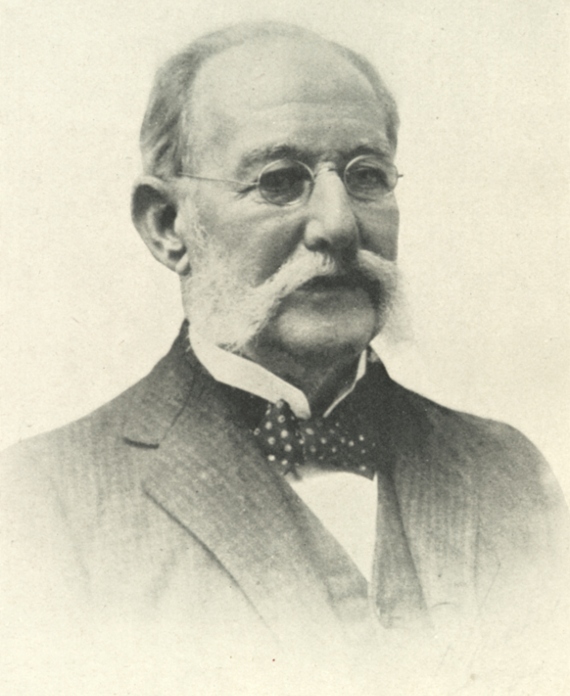
The history of medicine is full of names of people who were not always understood at the time. This was the case of Miguel Servet (September 29, 1511 – October 27, 1553), the heretic scientist who was burned three times over his theological doctrine.
And not always with medical training, but always with a strong vocation for research, we find advances that have improved the quality of life but, for Doctors’ Day, we are focusing on medical professionals that have reached major milestones to help understand the body and mind.
-
Eugenics in the Golden Age
The Spanish physician Juan Huarte de San Juan (1529-88) wrote the famous Examen de ingenios para las sciencias (The examination of men’s wits for the sciences) – a pioneering piece for three sciences: differential psychology, career counselling and eugenics. On the one hand, the piece proposes improving society, selecting the right teaching for each person based on their physical and intellectual skills derived from their specific physical and neurological constitution. And on the other, it offers a eugenic proposal regarding “the way that parents should produce children” aiming, above all, for them to be “witty and wise”.
-
The discovery of vaccines
British doctor Edward Anthony Jenner (May 17, 1749 – January 27, 1823) performed the first vaccination in history in 1796. Known as the “the father of immunology”, his work is one of the discoveries that has saved the most lives throughout history.
-
The origin of modern epidemiology
John Snow (March 15, 1813 – June 16, 1858) was one of the British precursors of epidemiology, a scientific methodology that was known as the “epidemiological method”, which has been used throughout history for both research of the causes and solutions for the outbreaks of all transmissible diseases.
-
Hand washing
The Hungarian doctor Ignaz Semmelweis (July 1, 1818 – August 13, 1865) received his medical degree in 1844 and specialized in obstetrics. He discovered the relationship between postpartum deaths and autopsies, but the biggest problem was that he did not manage to explain his hypothesis that diseases were spread by doctors, who after operating on patients, delivered the babies. The “Semmelweis method” (hand washing) worked, but was not based on any scientific theory at a time when it was not yet known that microbes caused infectious diseases.
-
The first female doctor licensed in the U.S.
Born in England, Elizabeth Blackwell (February 3, 1821 – May 31, 1910), was rejected by up to 29 medical schools for being a woman, but she managed to open medical classrooms to women around the world. In 1853, she founded a small clinic for poor women and children in New York, and added a medical school taught by women for women in 1868. Even upon her return to Great Britain, she founded the London School of Medicine for Women.
-
The sterilization of surgery
Joseph Lister (April 5, 1827 – February 10, 1912) was a surgeon who had studied Botany and later Medicine. His father was one of the precursors of the use of the microscope and perhaps due to a combination of these factors, was able to understand Louis Pasteur’s research perfectly and apply it to his field of work: the hospital.
-
Modern neuroscience
Santiago Ramón y Cajal (May 1, 1852 – October 17, 1934) was a Spanish physician and scientist specialist in histology and pathological anatomy. Santiago is often considered the “father of modern neuroscience” due to his outstanding study of microscopic anatomy of the nervous system, his observations of the degeneration and regeneration of the nervous system and for his theories of their function, development and the plasticity of practically the entire nervous system. For the first time, Cajal put Spain on the cutting edge of international science.
-
The Nerve Growth Factor (NGF)
Italian neuroscientist Rita Levi-Montalcini (April 22, 1909 – December 30, 2012) built her career through a world war and by overcoming what were two monumental obstacles in her country at the time: being a woman and Jewish. And not only did she triumph, she won a Nobel Prize “for her discoveries of growth factors.”
-
X-inactivation
British geneticist Mary Frances Lyon (May 15, 1925 – December 25, 2014) developed a hypothesis that the sexual chromosomes of women and female mammals in general have a particular inactivation process that turns them into cellular mosaics. This hypothesis, which has been known as x-inactivation since then, remains fully in force today, and has led to interesting advances and discoveries.
-
Chromosomal abnormalities
Marthe Gautier (September 10, 1925) is a French medical doctor and researcher, known for her role in discovering the relationship between diseases and chromosomal abnormalities – specifically Down syndrome.

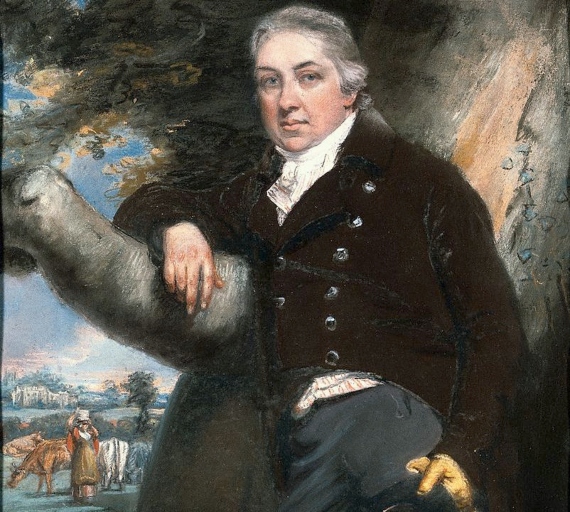
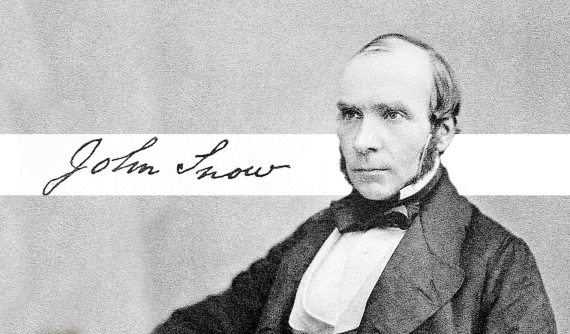
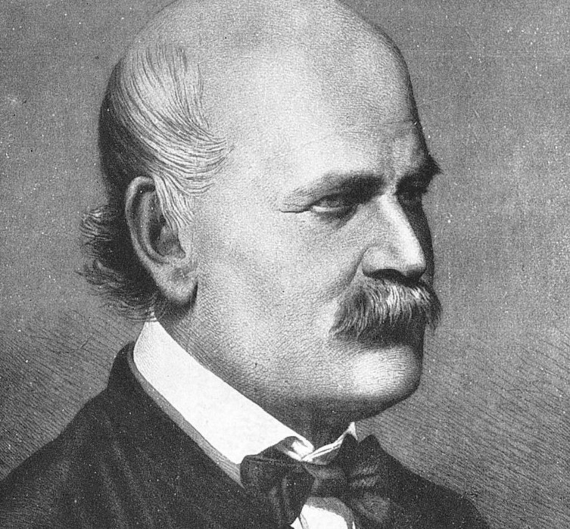
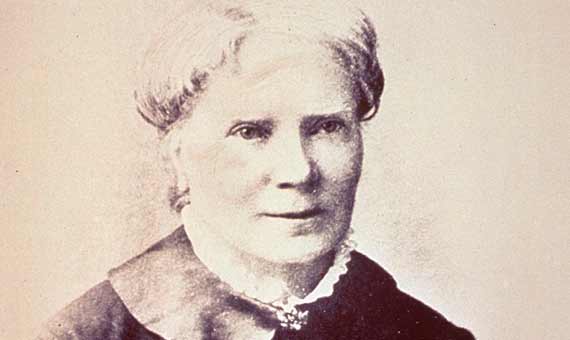
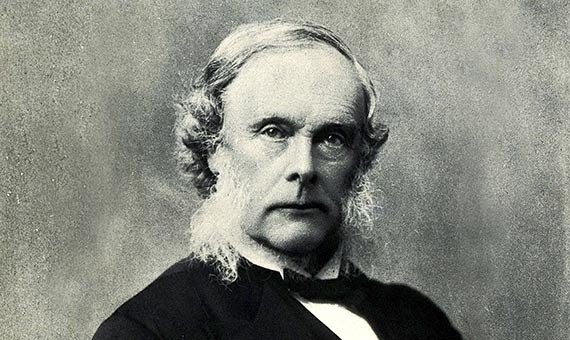


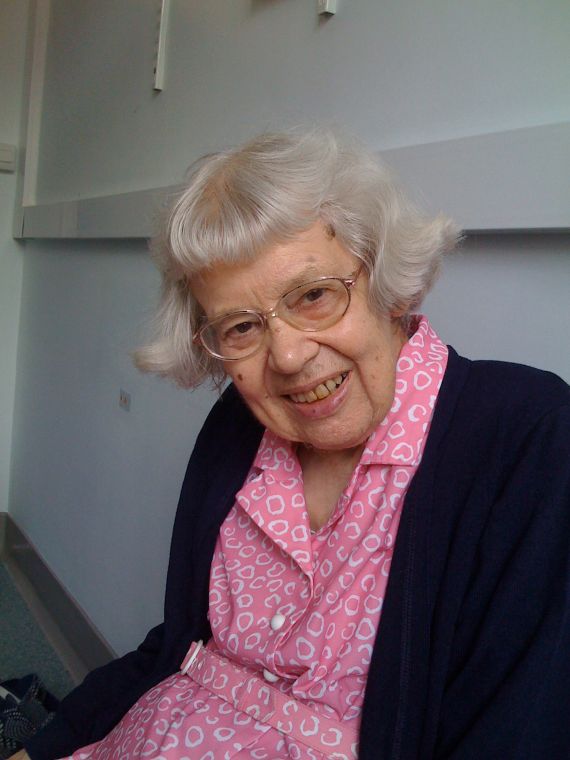

Comments on this publication